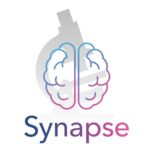
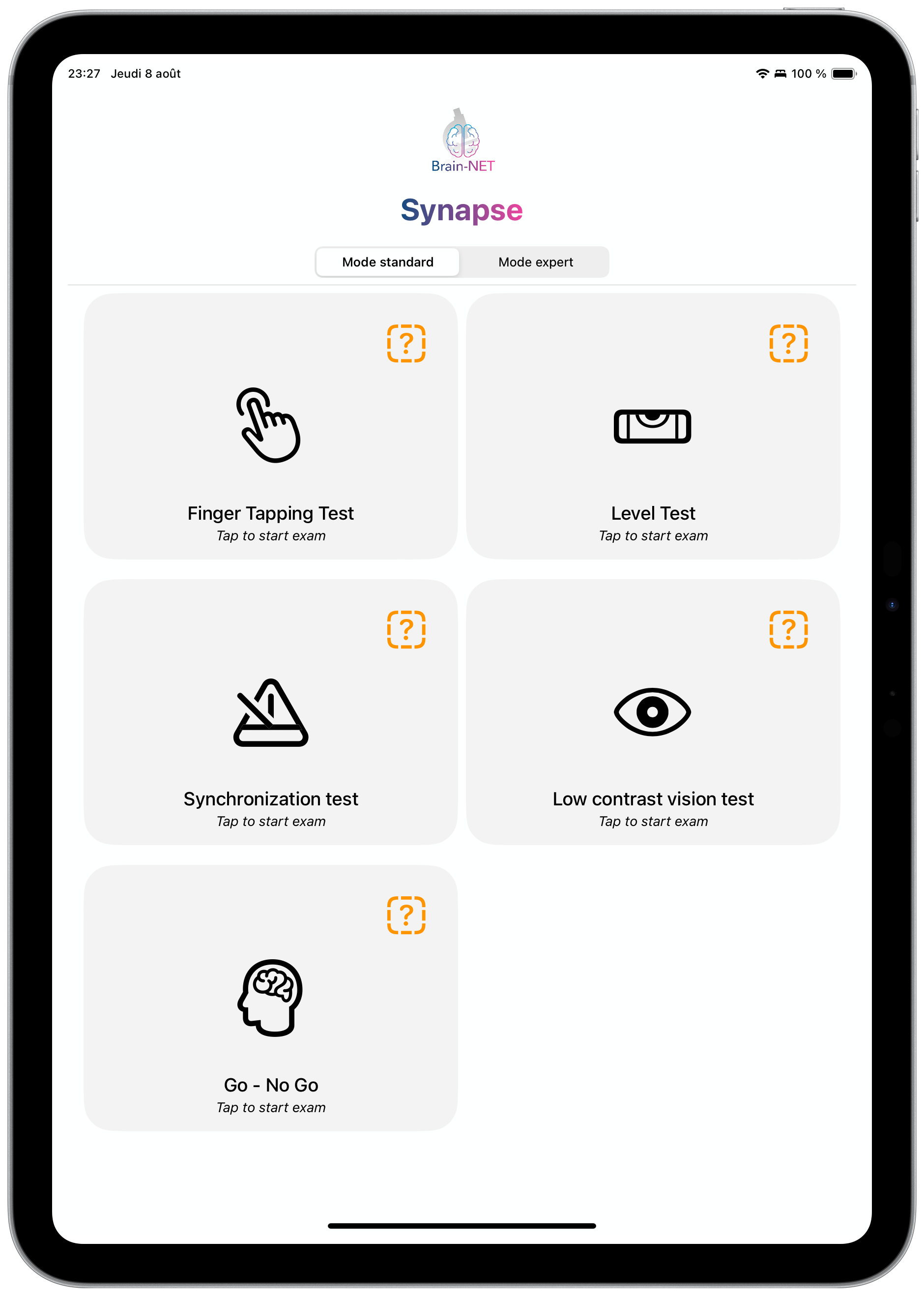
Explore a wide range of neurological functions
Just within a few minutes
The development of Synapse has started in 2017 with the objective to provide a fast, quantified and objective assessment of neurological functions that cannot be quantified during a traditional examination.
It can be performed within a few minutes during a consultation and our scientific results demonstrated that it was able to detect subtle abnormalities even at the preclinical stage of neurological diseases, when the traditional exam is normal
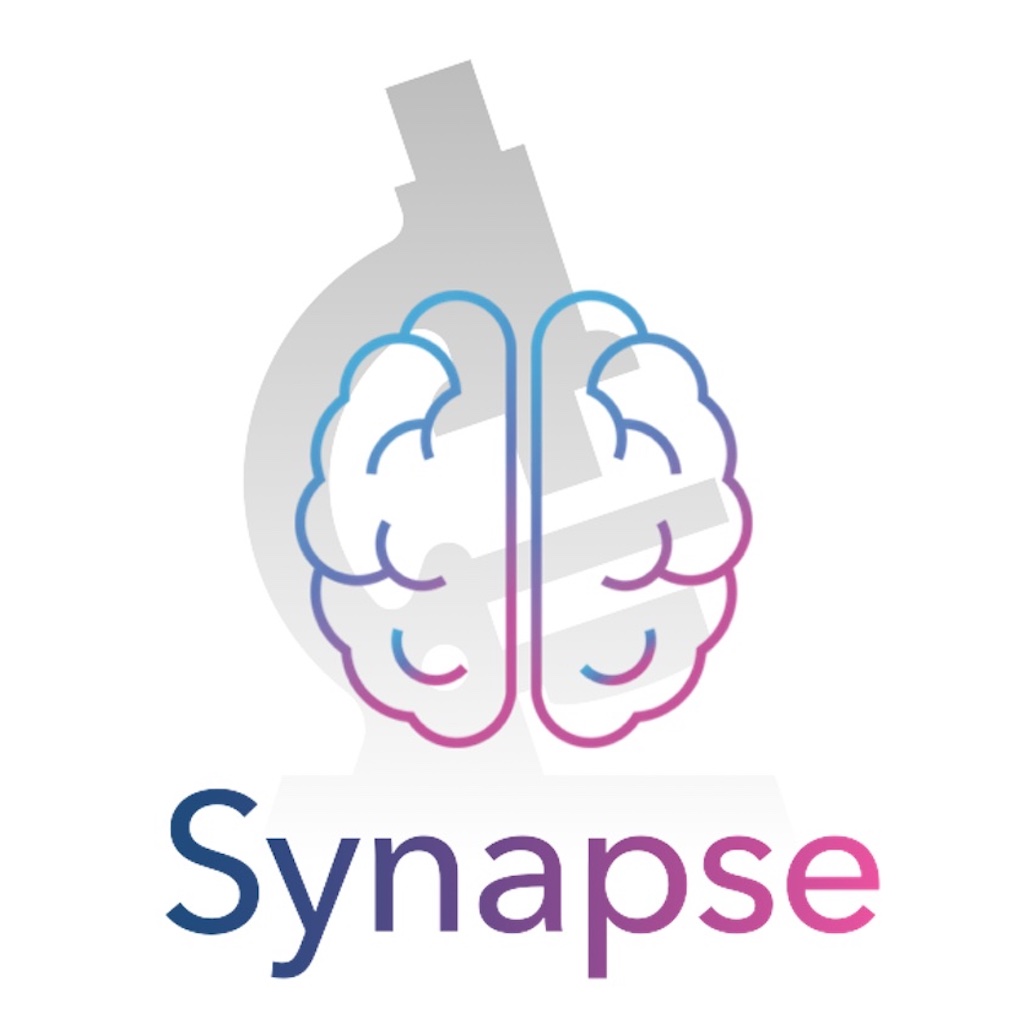
Made for healthcare professionals
Extend your clinical examination
Synapse can be performed during a consultation.
Unveal invisibles abnormalities
Our studies demonstrated that Synapse allowed to unveal abnormalities that could not be found with a traditional examination.
Fast
Performing the evaluation will take approximately 5 minutes.
Overview of Synapse tests
- Finger tapping
- Dexterity / Coordination
- Visual function
- Go – No Go
Finger tapping
Finger tapping test allows to explore motricity measuring various parameters like the mean tapping speed but also fatigability, duration of contact between the finger and the screen, and much more.
Studies found that differences in finger tapping performances could be identified even in asymptomatic subjects at the preclinical stage of a neurological disease.
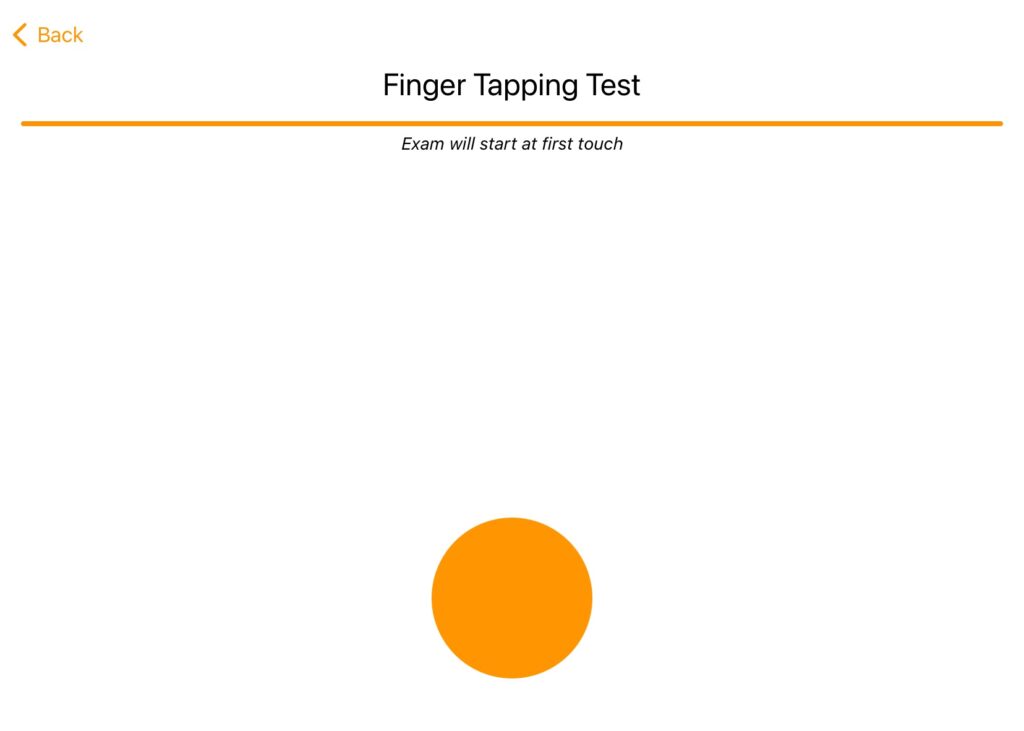
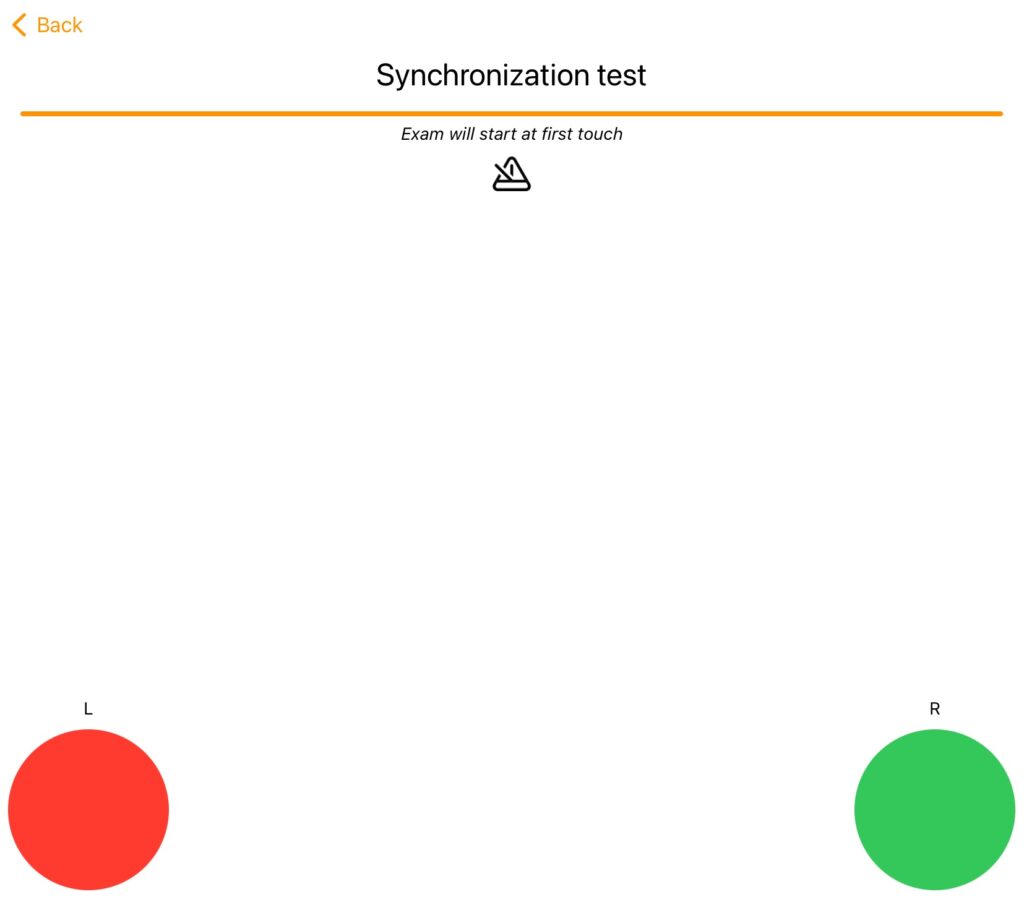
Dexterity & coordination
Synapse includes fast assessment of dexterity and coordination of the upper limbs, with a level test and a hand synchronization test.
Subtle tremor as well as a slight increase in the inter hand interval of the sync test have been found at the early stage of several pathological conditions.
Visual function
Low contrast vision and color vision are often impaired in various neurodegenerative diseases like multiple sclerosis, even in the absence of history of optic nerve neuropathy.
Contrast and color vision can easily be assessed in Synapse to detect subtle visual impairment.
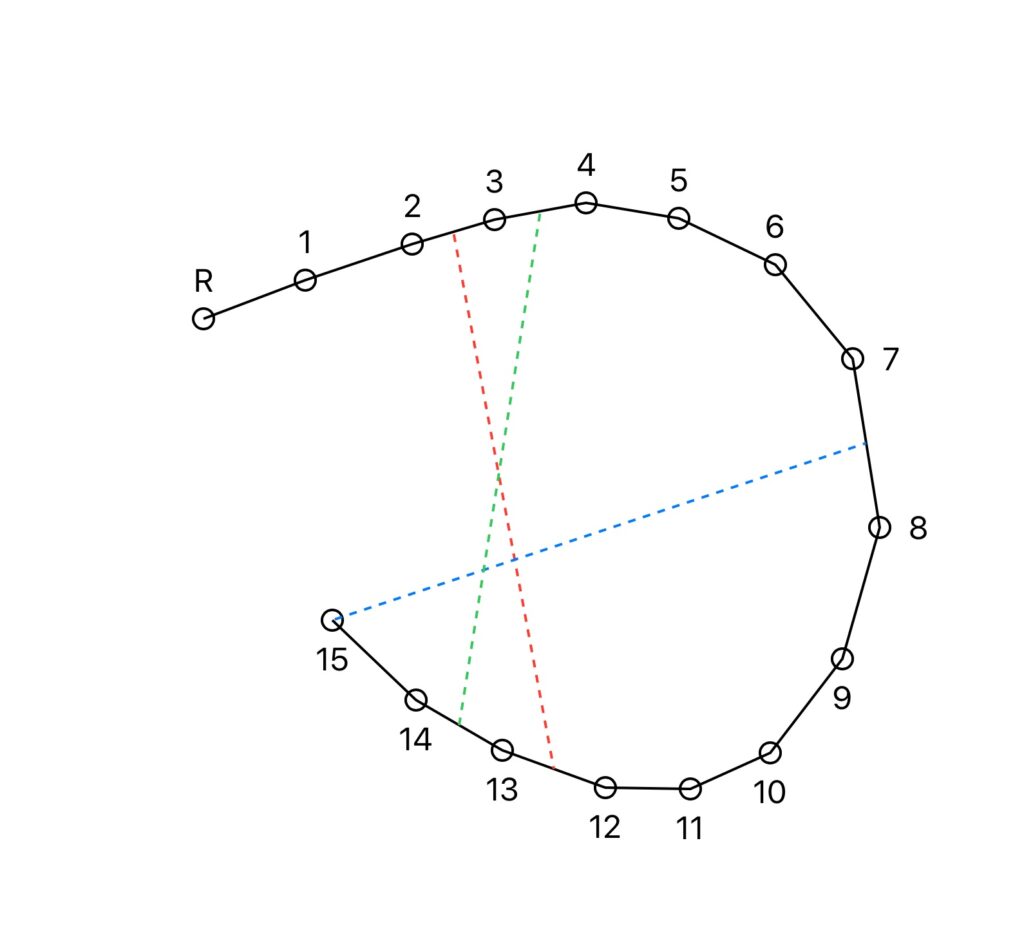
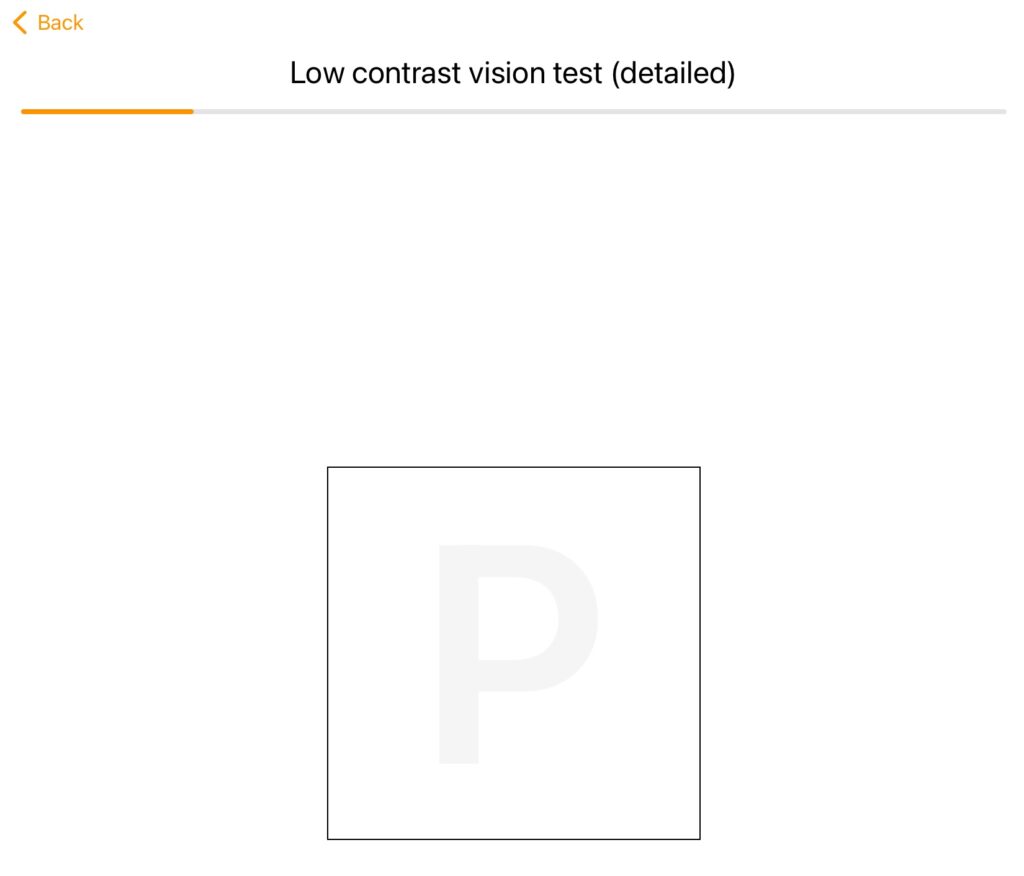
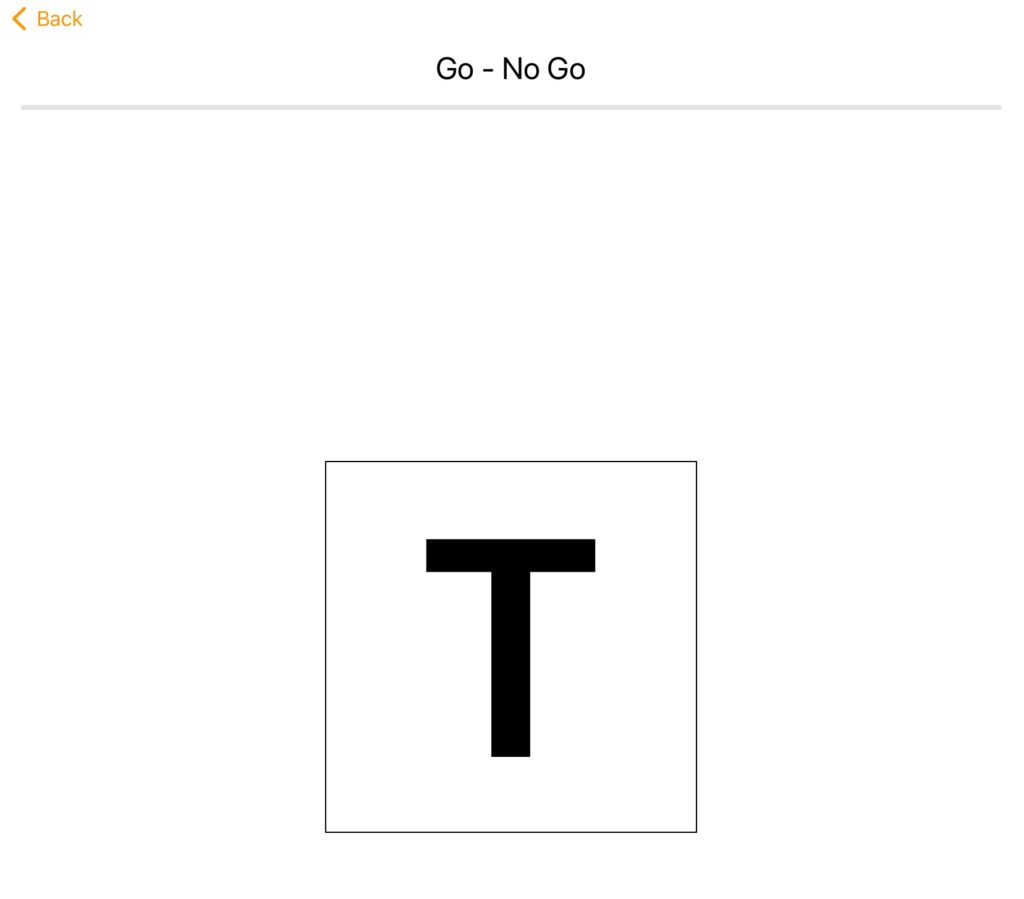
Go – No Go
Quantify the patient’s reactivity to a simple Go – No Go task. If a letter appears, the patient is asked to tap as quickly as possible on the screen.
If the displayed symbol is a digit, then no action should be done.
Individuals at a preclinical stage of MS, or sports players exposed to concussions showed slightly longer latency of response to this test.